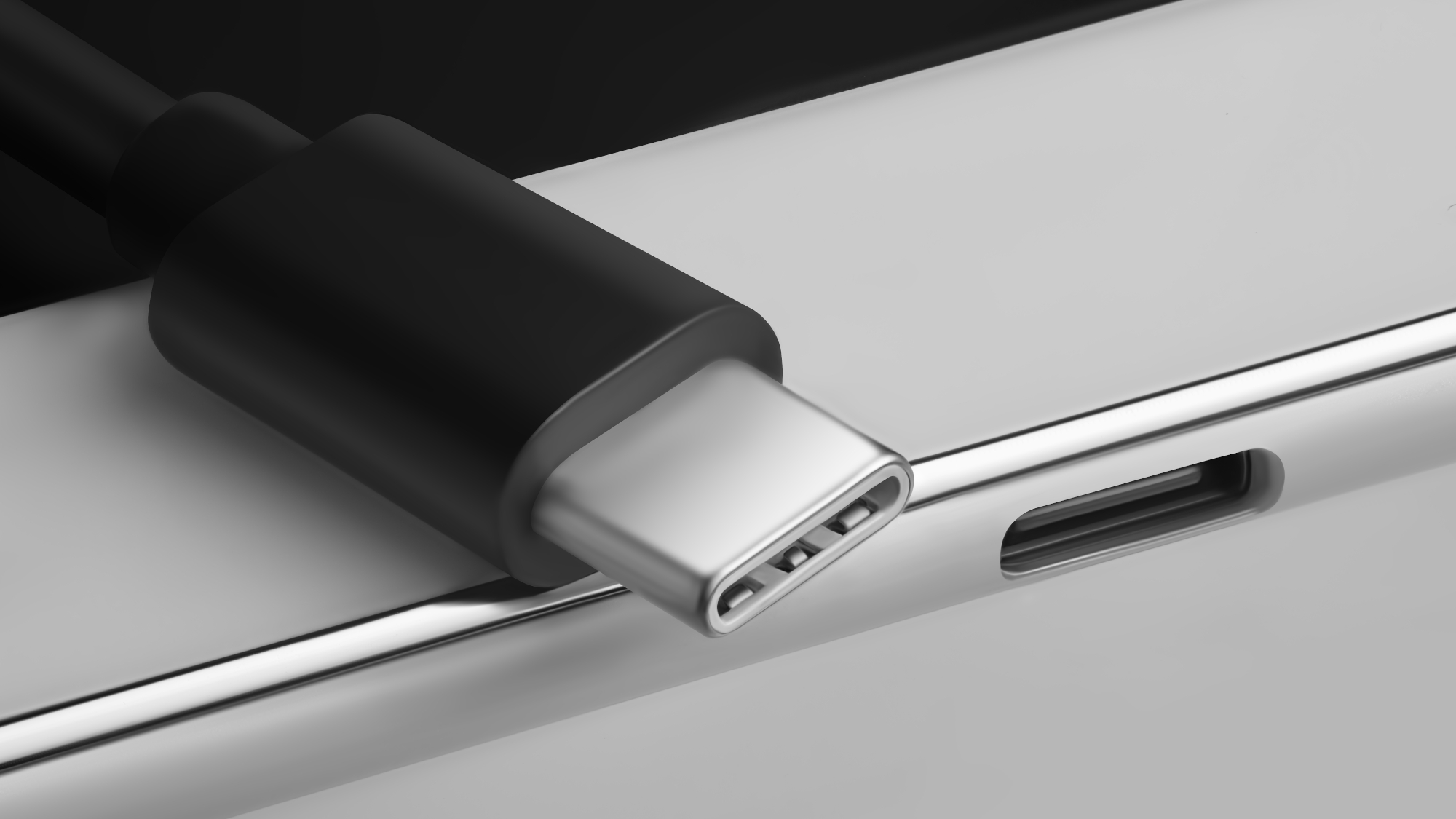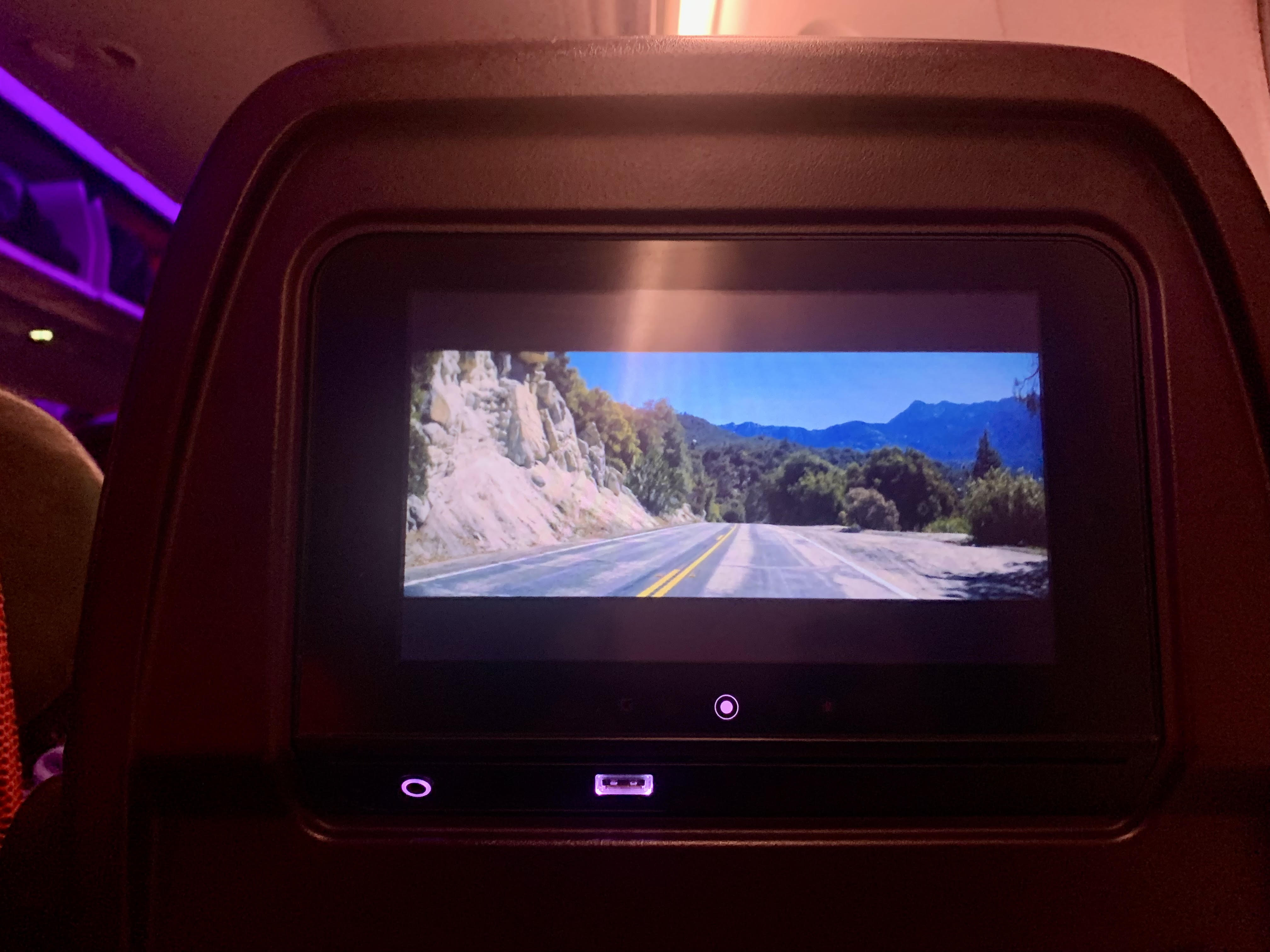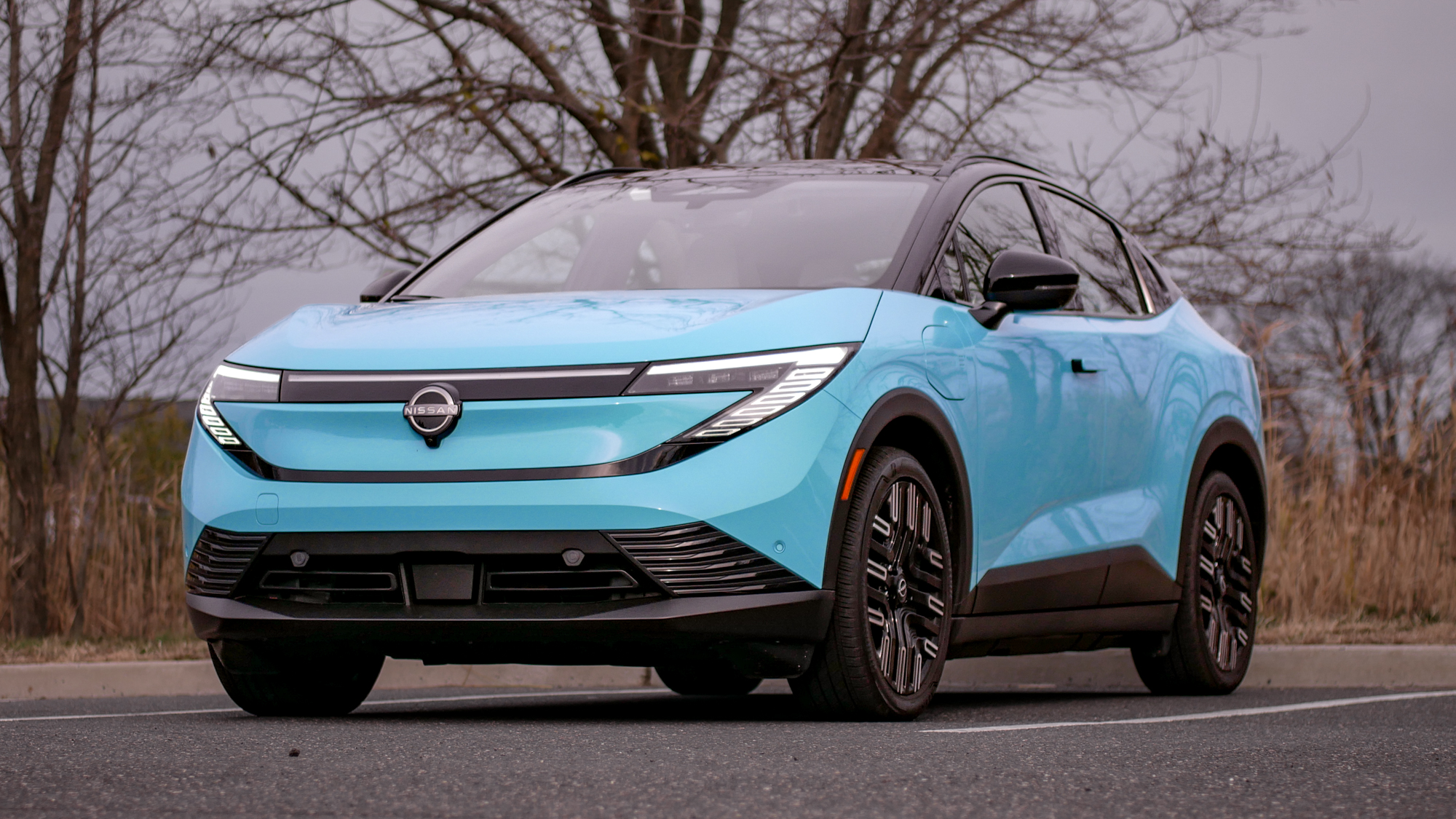iPhone 15 may be ready for USB-C — is the rest of the world ready for it?

The iPhone's days with the Lightning port are numbered. With the European Union approving a law last year that requires a common charging port on devices, Apple will no longer be able to include its proprietary Lightning port on its products, including the iPhone. Instead, USB-C charging will be the standard going forward.
We are slowly inching toward the December 28, 2024 deadline, which is the point where phones without USB-C ports can't be sold within the European Union. And that's going to force Apple's hand, potentially as soon as this fall's iPhone 15 release. Those phones are widely expected to get USB-C ports to beat the EU's deadline.
It’s not just the EU, by the way — India has also recently joined the list of countries that will require smartphones to migrate to USB-C by 2025. This makes it even less likely that Apple would create different models for EU/India and the rest of the world.
But even if the iPhone 15 is ready for USB-C this year, it makes me wonder if travel infrastructure is as USB-C friendly as it could be.
I recently moved from an iPhone XR to the Pixel 7 Pro following years as an iPhone user. Soon after switching phones, I had an overseas trip coming up, which required me to travel halfway around the world with my new Pixel. The Pixel 7 Pro is an excellent phone in its own right and one that happens to already include a USB-C charging port. I have had no complaints with the Pixel 7 Pro's fast charging so far, but traveling with this phone proved to be more inconvenient than I was expecting.
Traveling with a USB-C phone
I was excited to take my Pixel 7 Pro for my holiday travels since it is one of the best camera phones around and I was planning to take a lot of pictures. I was going to travel from the U.S. to India, and the first thing I thought of was a converter plug that I would probably need in India to fit into the electrical sockets there.
The travel converters that I already had with me included only a USB-A port and given that the Pixel 7 Pro, ships with a USB Type-C to Type-C cable, that would have not served my purpose.
Get instant access to breaking news, the hottest reviews, great deals and helpful tips.
I quickly ordered a Type-C to Type-A converter on Amazon for $8. Unfortunately, this didn't end my struggles with getting my phone to charge on this trip. In retrospect, I should have considered ordering the official Google USB-C to USB-A cable instead. At $20, it’s more expensive, but it would have made charging the phone on-the-go much easier.
The Pixel 7 Pro has an underwhelming battery life based on our testing, making it unlikely to last a 10-hour flight on a single charge, especially with all the movies I had downloaded to watch. My seat had a single USB-A port, which wouldn’t have been a problem had I bought that Google USB-C to USB-A cable. Instead, I wound up connecting my Pixel 7 Pro USB-C cable to my converter plug, which fitted into the plane’s charging socket. This did the job, but it was slightly tedious to keep the phone charging in that position for extended periods of the flight.

Charging my Pixel 7 Pro on the flight was extremely slow, negating one of the benefits of USB-C. Yes, I could keep my phone powered up, but not as rapidly as I had hoped when switching to the Pixel.
My excruciatingly long journey involved a stop at London’s Heathrow Airport where I would have to change flights. Again, at Heathrow, the charging stations only had provisions for USB-A charging.
It's not just this one-time experience that has me wondering where all the USB-C ports are at. During a summer trip to Europe on another airline, I ran into the same issue.
To be clear, parts of the world where Android phones are widely used may be more than ready for USB-C. The problem that I’ve run into relates to international travel, where we see aging ports in flights, airports, hotels and some public places.
Based on my recent experience, travel infrastructure remains centered around USB-A in many cases. Some airports and aircrafts will need to upgrade their charging ports or leave us with electrical sockets, which I find are more versatile than just a USB port since you can plug in portable wall chargers. And needing the ‘right’ USB-A to USB-C cable to get the benefit of fast charging is a pain; not everyone is up to speed on the latest USB power delivery standards or knows that not all USB cables/chargers are equal.
If you have a phone with a USB-C port and are going to travel internationally, chances are that you'll still need a USB-A to USB-C cable to take advantage of many publicly available charging stations. That seems to defeat the purpose of fast data transfer speeds and charging.
There is no doubt that USB-C is much faster than a Lightning port when it comes to data transfer speeds and charging. If Apple finally moves to USB-C with the iPhone 15, it will definitely be good news for users. At the same time, Apple has argued the move to USB-C will create more e-waste as users toss out old Lightning cables. We will have to see what kind of cable Apple decides to go with for the iPhone 15 series if this is the phone that makes the switch.
Creating one charging standard is better for everyone in the long run, but some infrastructure needs to play catch up in certain countries.
During CES 2023, we learned that Qi2 wireless charging will bring MagSafe technology to Samsung phones. This will unify wireless charging across Samsung and iPhones and it's a beneficial move for consumers.
Editors’ Note: This article was updated from an earlier version that was imprecisely edited. We’ve corrected a comparison of USB-C and Lightning speeds and made other changes to emphasize that the author’s concerns are related to travel infrastructure and USB-C.
More from Tom's Guide
- Apple VR headset launch date just leaked
- New video shows iPhone 14 Pro camera has a problem — what you need to know
- Get Super Bowl ready with this LG OLED TV for just $650 at Best Buy

Sanjana loves all things tech. From the latest phones, to quirky gadgets and the best deals, she's in sync with it all. Based in Atlanta, she is the news editor at Tom's Guide. Previously, she produced India's top technology show for NDTV and has been a tech news reporter on TV. Outside work, you can find her on a tennis court or sipping her favorite latte in instagrammable coffee shops in the city. Her work has appeared on NDTV Gadgets 360 and CNBC.
